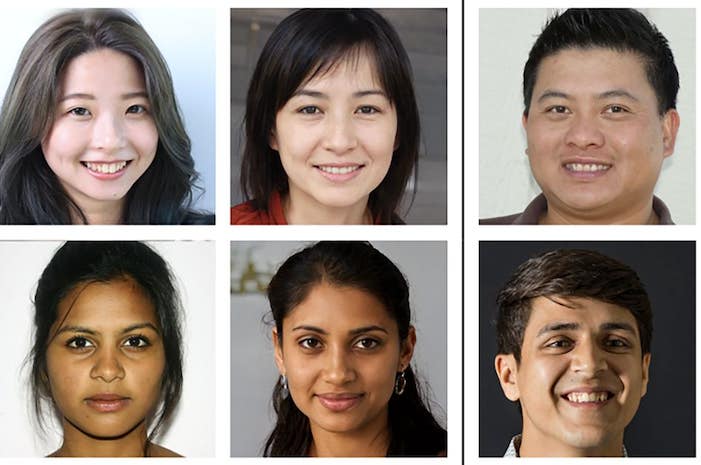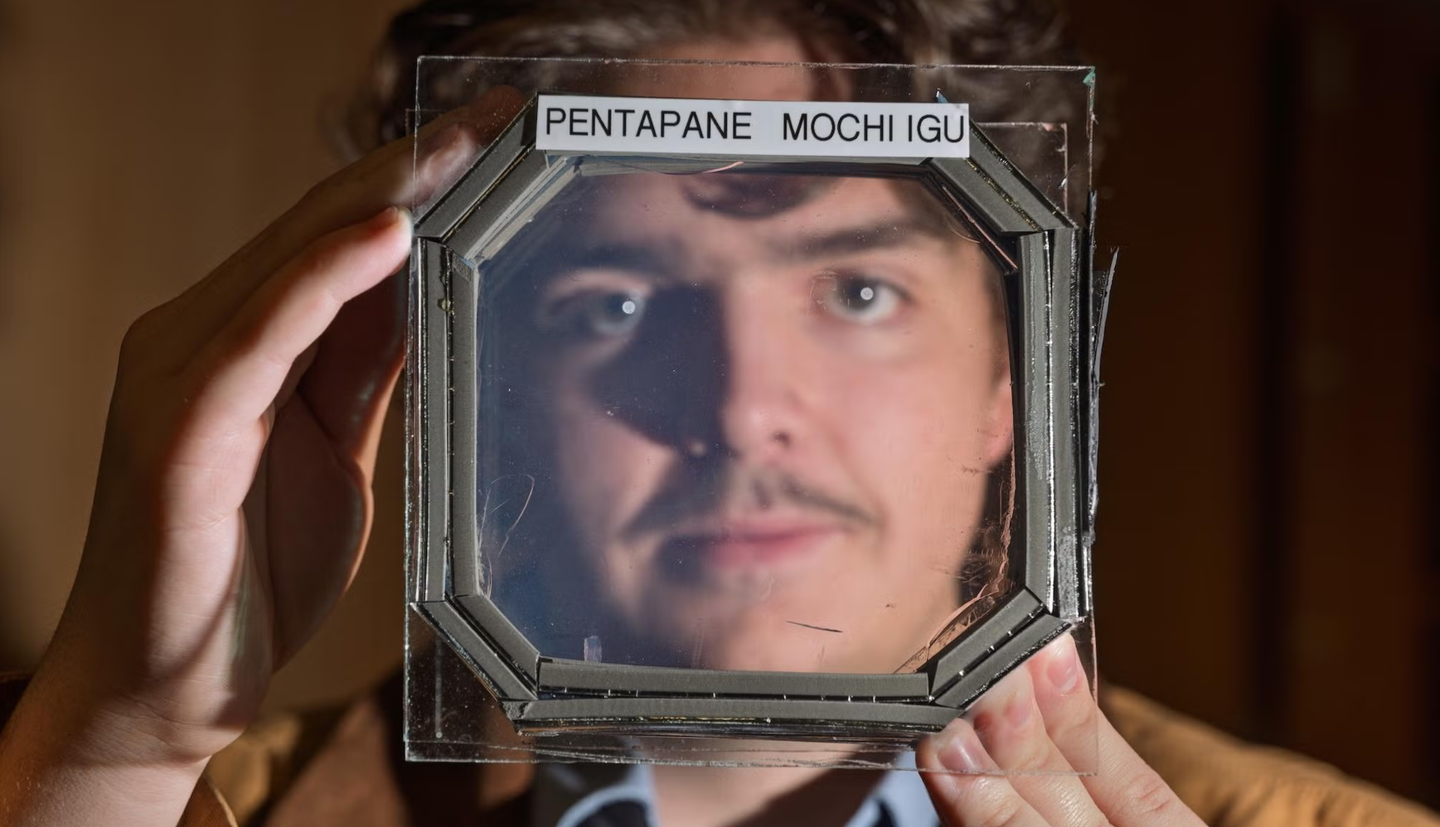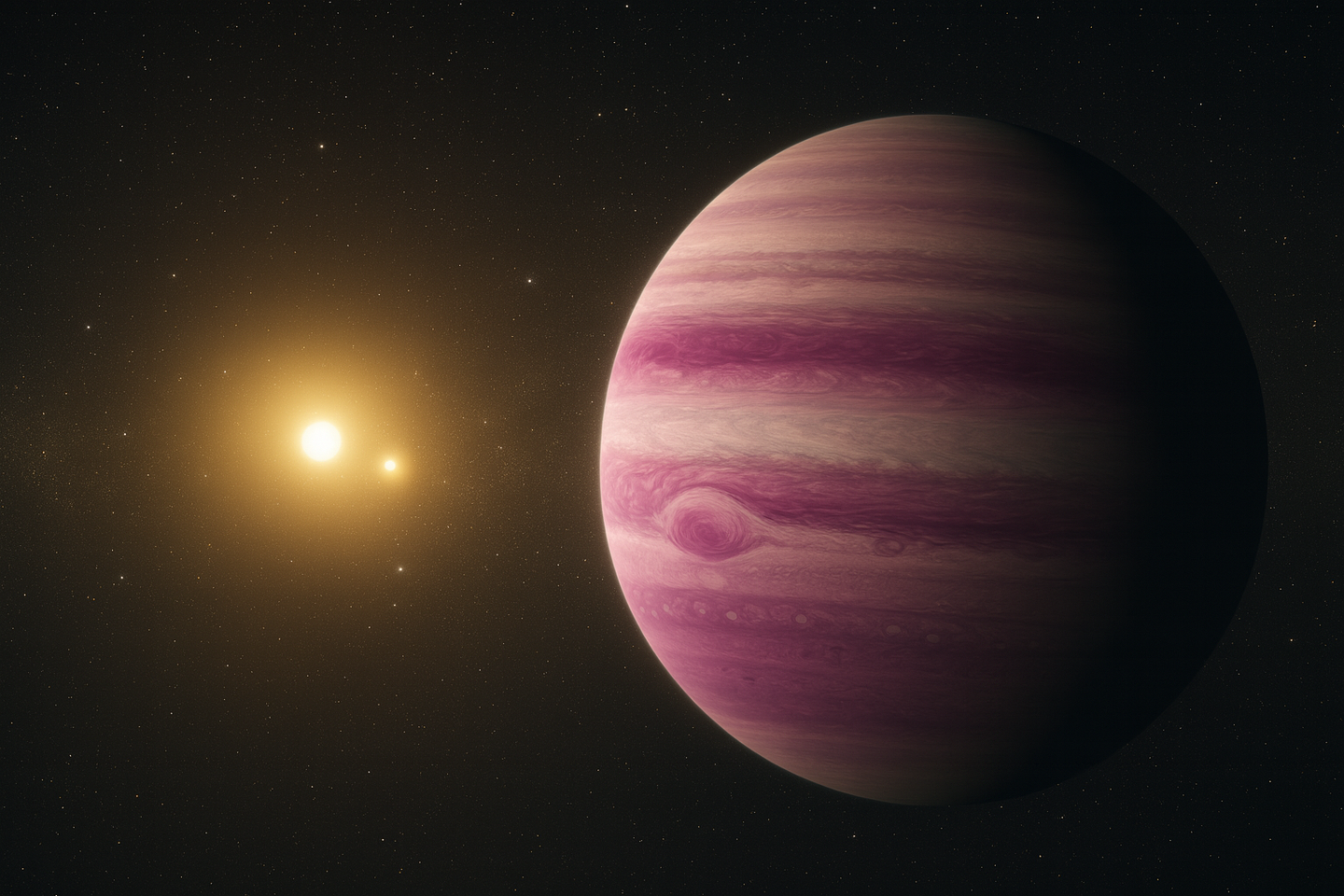Do AI-generated faces look more real than actual human face?
White faces generated by AI now exhibit a startlingly high level of realism, surpassing the perceived authenticity of human faces.

In a groundbreaking study led by experts at The Australian National University (ANU), it has been revealed that white faces generated by artificial intelligence (AI) now exhibit a startlingly high level of realism, surpassing the perceived authenticity of human faces. This research has raised significant concerns about the implications of AI technology for society, particularly with respect to racial biases and the potential for misinformation.
The study, conducted under the guidance of Dr. Amy Dawel, the senior author of the paper, found that more people were inclined to believe that AI-generated white faces were human compared to real human faces. This surprising discovery contrasts starkly with the outcomes observed for images of individuals of color. According to Dr. Dawel, the root cause of this unsettling trend lies in the disproportionate training of AI algorithms on white faces, a factor that has profound consequences.
"If white AI faces are consistently perceived as more realistic, this technology could have serious implications for people of color by ultimately reinforcing racial biases online," warns Dr. Dawel. This revelation underscores a growing problem within existing AI technologies that are increasingly being utilized to create professional-looking headshots. In such applications, AI tends to alter the skin and eye color of people of color to match those of white individuals, perpetuating harmful biases.
One of the most concerning aspects of this "hyper-realism" in AI-generated faces is that people often remain unaware that they are being deceived.
Elizabeth Miller, a study co-author and PhD candidate at ANU, comments on this phenomenon, stating, "Concerningly, people who thought that the AI faces were real most often were paradoxically the most confident their judgments were correct. This means people who are mistaking AI imposters for real people don't know they are being tricked."
The researchers delved deeper into why AI-generated faces are successfully deceiving individuals. "It turns out that there are still physical differences between AI and human faces, but people tend to misinterpret them," explains Dr. Dawel. She points out that white AI faces tend to exhibit more proportional features, a characteristic that individuals often interpret as a sign of humanness. However, Dr. Dawel cautions that reliance on these physical cues may be short-lived, as AI technology is rapidly advancing, and these differences may soon disappear.
The implications of this trend extend far beyond mere curiosity. The researchers assert that it could have serious consequences for society, including the proliferation of misinformation and identity theft. Urgent action is needed to address these concerns.
"AI technology can't become sectioned off so only tech companies know what's going on behind the scenes. There needs to be greater transparency around AI so researchers and civil society can identify issues before they become a major problem," emphasizes Dr. Dawel. Transparency and accountability are crucial to ensure that AI advancements are made responsibly and with the well-being of society in mind.
Raising public awareness is another critical aspect of mitigating the risks posed by this evolving technology, as the researchers argue. "Given that humans can no longer detect AI faces, society needs tools that can accurately identify AI imposters," notes Dr. Dawel. Educating the public about the perceived realism of AI-generated faces could be instrumental in fostering appropriate skepticism towards the images they encounter online.
In the era of rapidly advancing artificial intelligence, where algorithms continue to reshape the boundaries of what is possible, the findings of this ANU-led research offer a sobering glimpse into the future. The blurring of lines between AI-generated faces and real human faces raises profound questions about the ethical, societal, and even legal implications of this technological progress.
While AI has the potential to revolutionize various industries, from healthcare to entertainment, it is imperative that we navigate these uncharted waters with caution. The study's revelation that AI-generated white faces are often perceived as more realistic than real human faces highlights the pressing need for a comprehensive ethical framework to guide the development and deployment of AI technology.
The issue of racial bias in AI is of particular concern. As AI algorithms are predominantly trained on data that disproportionately features white faces, they inherit the biases present in that data. This results in AI systems that may inadvertently perpetuate racial disparities and stereotypes. The implications of such biases are far-reaching, impacting everything from hiring decisions made by AI-powered tools to criminal justice algorithms.
To address these biases and ensure fairness, transparency, and accountability, it is essential that AI development undergoes a transformation. AI researchers and developers must actively work to diversify their datasets and implement rigorous testing to identify and rectify biases within their algorithms. Moreover, governments and regulatory bodies must play a role in setting standards and enforcing ethical guidelines for AI development and deployment.
The issue of "hyper-realism" in AI-generated faces raises questions about the trustworthiness of digital media in the age of deepfakes and advanced image manipulation. As AI-generated content becomes increasingly indistinguishable from reality, the potential for misinformation and deception looms large. This calls for a concerted effort from tech companies, policymakers, and society at large to develop tools and strategies for detecting and countering AI-generated deception.
In addition to technological solutions, public education is a key component of addressing the challenges posed by AI-generated faces. As Dr. Dawel suggests, people must be made aware of the capabilities and limitations of AI technology. This awareness can empower individuals to critically evaluate the authenticity of images and videos they encounter online, reducing the risk of falling victim to AI-generated deception.
As society grapples with the implications of AI-generated faces that appear more real than human faces, it is clear that a multidisciplinary approach is needed. Ethical considerations, technological advancements, regulatory frameworks, and public awareness efforts must all work in tandem to ensure that AI benefits humanity rather than inadvertently harming it.
The ANU-led research serves as a wake-up call, reminding us that the future of AI is in our hands, and responsible development and deployment are essential to harness its potential for good while mitigating its risks.
Related Stories
- AI-generated VR looks to transform prisoner rehab and the penal system
- AI models now show higher emotional intelligence than humans, surprising psychologists
- Can artificial intelligence truly be creative?
Like these kind of feel good stories? Get The Brighter Side of News' newsletter.
Joseph Shavit
Science News Writer, Editor-At-Large and Publisher
Joseph Shavit, based in Los Angeles, is a seasoned science journalist, editor and co-founder of The Brighter Side of News, where he transforms complex discoveries into clear, engaging stories for general readers. With experience at major media groups like Times Mirror and Tribune, he writes with both authority and curiosity. His work spans astronomy, physics, quantum mechanics, climate change, artificial intelligence, health, and medicine. Known for linking breakthroughs to real-world markets, he highlights how research transitions into products and industries that shape daily life.



